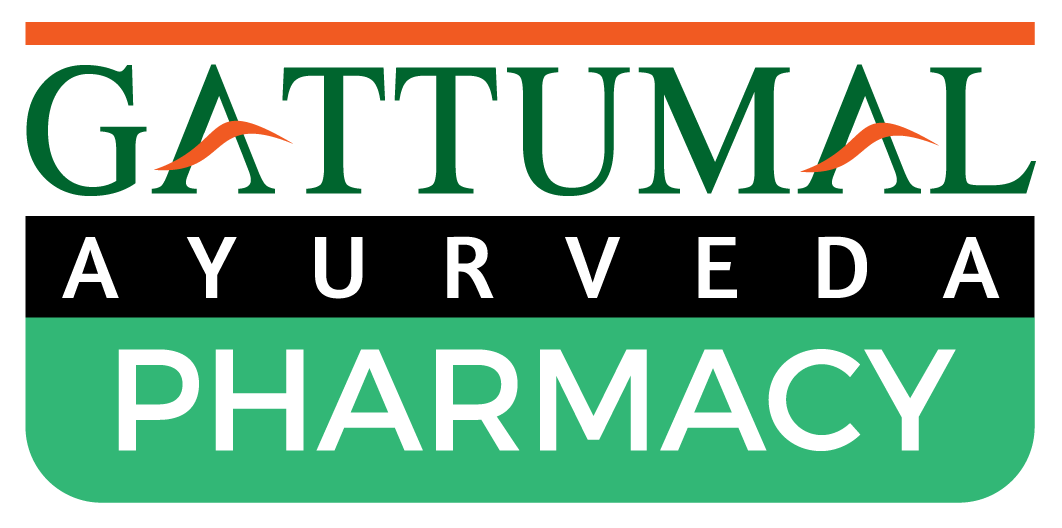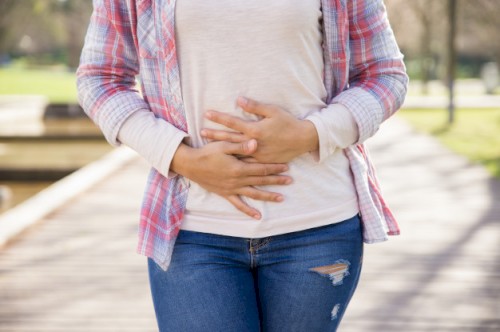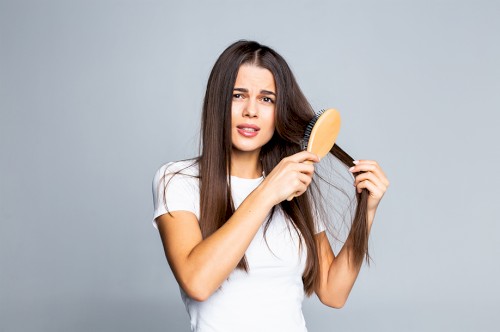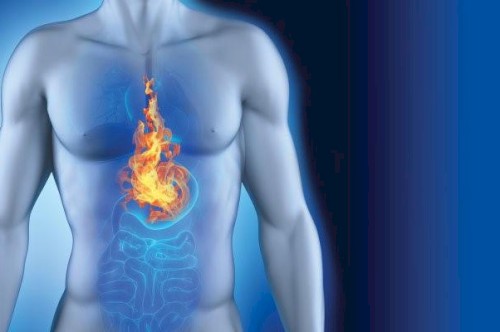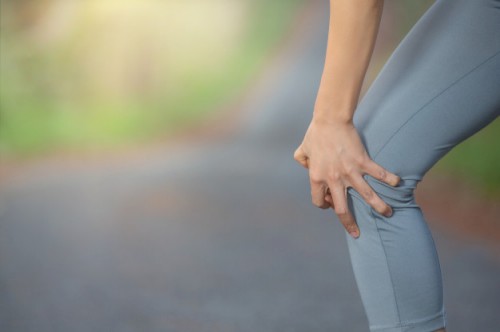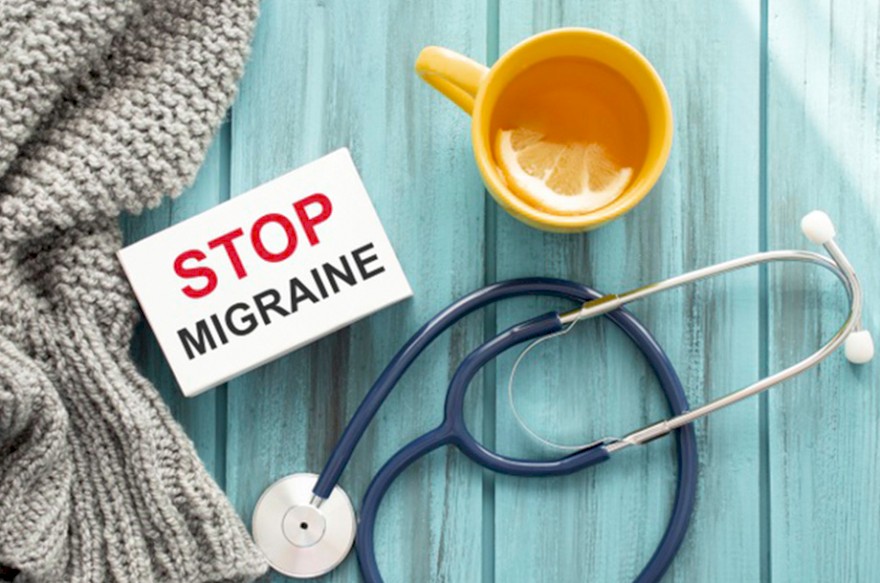
Win The Battle Of Migraine With Ayurveda
Migraine is a widespread health issue. It is a common type of headache that can sometimes be accompanied by additional symptoms such as nausea or light sensitivity. According to studies about 10 to 15% of Indians suffer from migraine disorder. Women suffer from migraines three times more than men. It is more than just a headache. The unilateral throbbing during a migraine attack interferes with your daily routine, making it a daily painful experience.
Migraines can be triggered by any factor, such as stress, environmental factors, alcohol, bright light, some odors, changes in sleep patterns, changes in hormone levels (especially in women), meals etc. However, the exact cause of migraine is not yet clear.
Methods of treatment:
If you experience the first symptoms of a migraine, try to treat it immediately when the headache subsides. Get enough water to avoid dehydration, especially if you are vomiting. You can try to relax in a quiet dark room and put a cool cloth on your forehead.
Ayurvedic treatment
Ayurveda assumes that migraines mainly occur in people with an unbalanced Pitta constitution. Although people with Vata and Kalpha constitutions can also suffer from migraines, Pitta dosha is believed to be the main cause. Establishing a balance in the doshas can help maintain physical balance and resolve the root cause of the problem.
As per Ayurveda, to get rid of migraines completely follow the combination of healthy eating, Ayurvedic / herbal medicines, yoga, and Panchakarma.
Panchakarma Process
The Panchakarma method contains drops of nasal spray, or medicinal oil, for the treatment of acne. The first type of treatment is called Shiro Verchan, where strong, irritating medications are given as nasal drops, which cause sneezing and watery discharge. The second type of treatment is opioid nasal, in which an herbal paste, usually made from herbs such as vicha and papilla, is introduced into the liquid form with honey through sperm. The purpose of these procedures is to eliminate the underlying cause of the headache / pain.
Medicinal enemas for acne, known as Invasan Basti, are given in small doses of medicinal oil (50 ml) to patients on a regular basis outside of intervals. Sesame and Mahanarin oils are especially used for this purpose, in which asparagus rhesusmosis is the main ingredient.
Ayurvedic medicine
One of the most commonly used medications to treat migraines is Sorna Sotshikhara Ras. It is given twice daily in a dose of 125 mg. The medicine can be taken with milk. Other preparations that can be made for this state are Godanti Bhasma, Triphala Gogolo, Bhalatakas and Trivonkirti.
Yoga
In general, yoga therapy can be an effective alternative to treating headaches and migraines. Yoga, especially breathing exercises, can enhance immunity and improve headaches / migraines due to stress and anxiety. Reverse posture, or posture where the head is slightly lowered, increases the supply of oxygen to the brain and reduces stress headaches. Pranayama is an excellent solution for acne. Shitli pranayama is known as a cool breathing exercise in which the tongue is twisted like a tube; air is inhaled through the mouth and exhaled through the nose. Regularly following this technique can reduce the symptoms of migraine by calming the imbalance.
Herbs
Numerous studies have confirmed the use of herbs in the treatment of migraines. Other migratory herbs include Ashwa Gandha, Brahmi, Shatawari, Shivan Parsh, Jatamamsi, Gadachi, Shirodhara (herbal hot oil massage) is also known to relieve headaches. However, herbs should only be taken after working with a trained herbalist to choose the herb that is right for your body type.
To Know more, Consult GM Ayurveda doctor.
